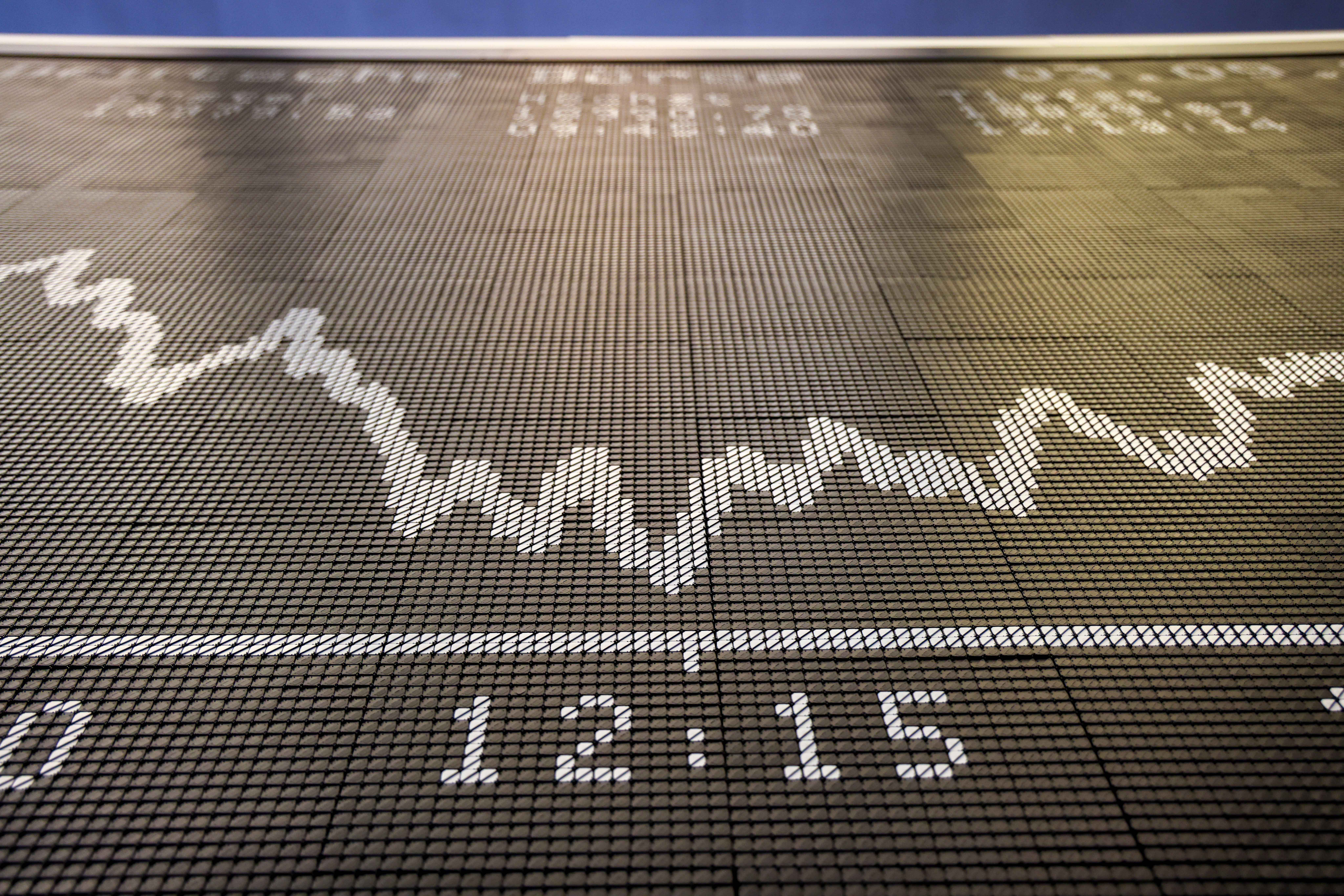
Bloomberg Professional Services
Australia’s A$4.3 trillion superannuation system is changing in ways that headline balances cannot capture.
Beneath stable totals, funds are taking different paths in flows, market share and asset allocation. These movements are not dramatic in isolation, but together they reshape the competitive landscape.
The benefits of visibility are practical: knowing who is attracting assets, which segments are losing ground, and how major funds are positioning portfolios determines where opportunities will emerge and where pressures will build. Without timely insight, firms respond late, misunderstand their addressable market and misjudge the environment in which their products will compete.
Recent flow data on the Bloomberg Terminal shows retail funds taking in nearly A$26 billion between January 2024 and June 2025. Industry funds attracted about A$101 billion, while corporate funds received around A$15 billion as their gradual wind-down continues.
These figures identify where revenue pools are expanding and which parts of the system will have the balance-sheet flexibility to invest, adjust pricing or build new offerings. They also preview where listed wealth and asset managers may see fee growth in 2026.
Retail funds’ market share has risen to 19.9% from 19.6% in December 2024. Industry funds remain the largest segment at 37% of the system. Public funds have eased to 17.9%. Self-managed super funds have slipped to 24.6%. Corporate funds continue their structural decline.
These changes appear small when viewed quarter to quarter, but they accumulate. Over time, they alter competitive weight, distribution leverage and member expectations.
Major funds are not positioning their portfolios in the same way:
- AustralianSuper reduced equities from 64% to 61%.
- CBUS moved even further, from 61% down to 54%.
- ART added four percentage points to reach 58%.
- Military Super added three to reach 62%.
Collectively, these decisions contributed to the lift in overall equities exposure across super funds in June. For firms trying to understand how money is being deployed, or how investment behavior might affect price formation, seeing these shifts in real time is critical. When allocation data arrives late, interpretation arrives late, and so do decisions tied to capacity, product positioning or portfolio risk.
The current market backdrop is uneven. Materials have delivered a 24% year-to-date total return versus 13.4% for the broader market. Banks have been supported by loan growth and resilient net interest margins. Health has weakened following a significant derating.
When fund allocations move at the same time that sector performance diverges, understanding both is essential. Visibility allows firms to identify when alignment or misalignment between super-fund positioning and market behavior may influence demand, flows or sentiment. Operating with an up-to-date view of these movements allows decision-makers to act early — adjusting products, pricing, communication and strategy while the shifts are still unfolding.
Those relying on delayed data will find themselves reacting to changes only after they have compounded into competitive outcomes. As the system re-sorts, visibility determines who keeps pace.
Learn more about how the Bloomberg Terminal provides real-time visibility to help you stay ahead of shifts here.